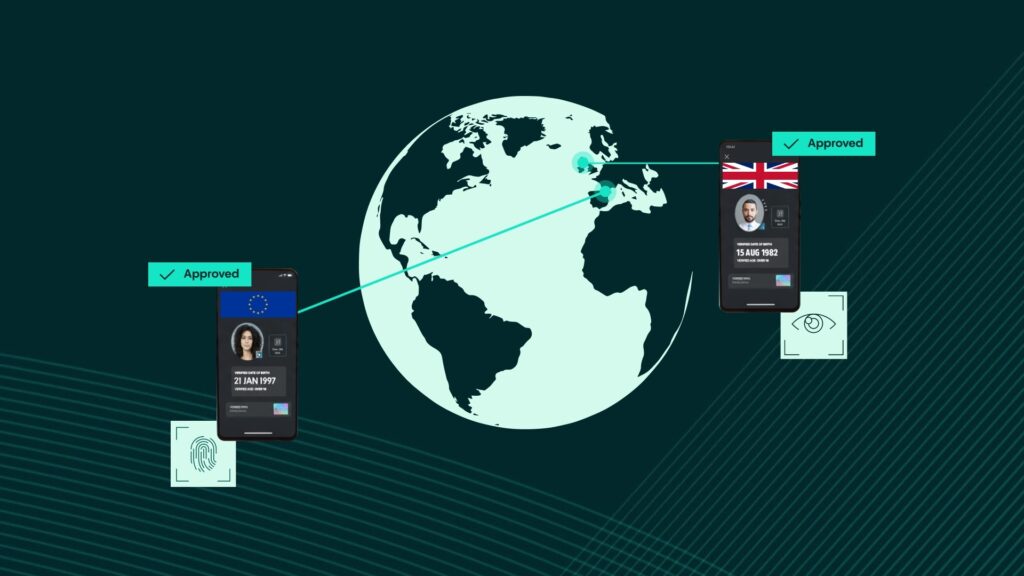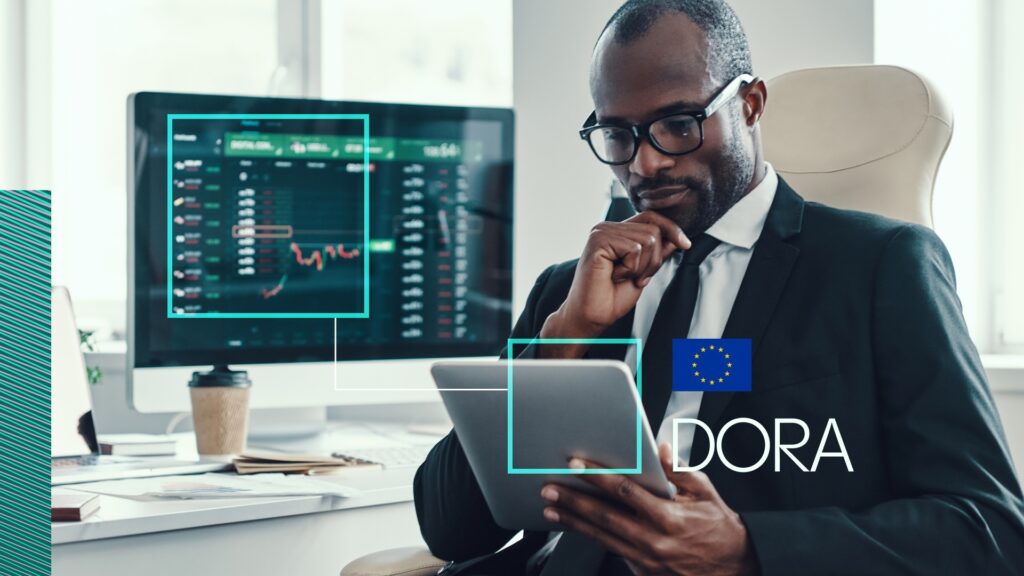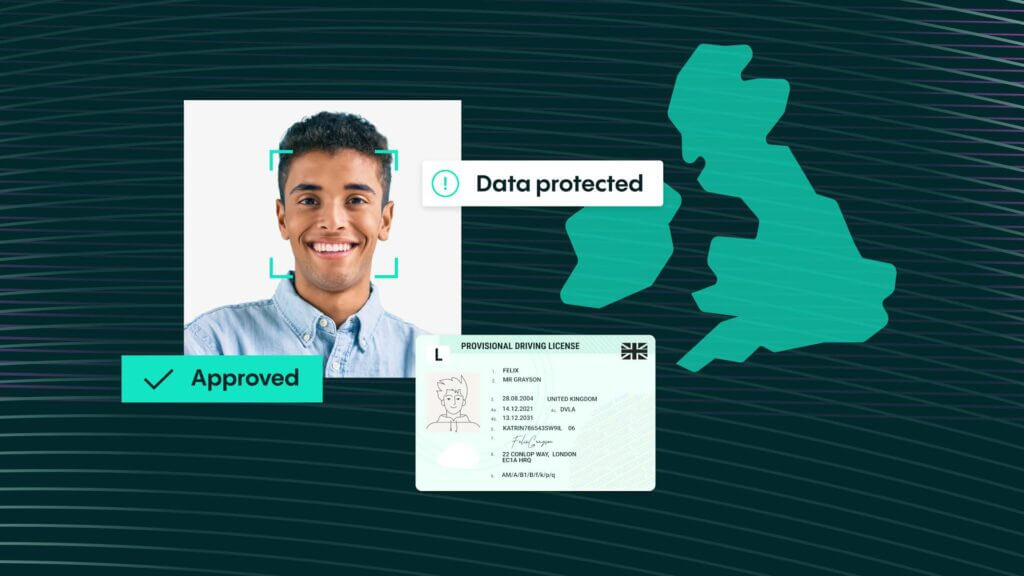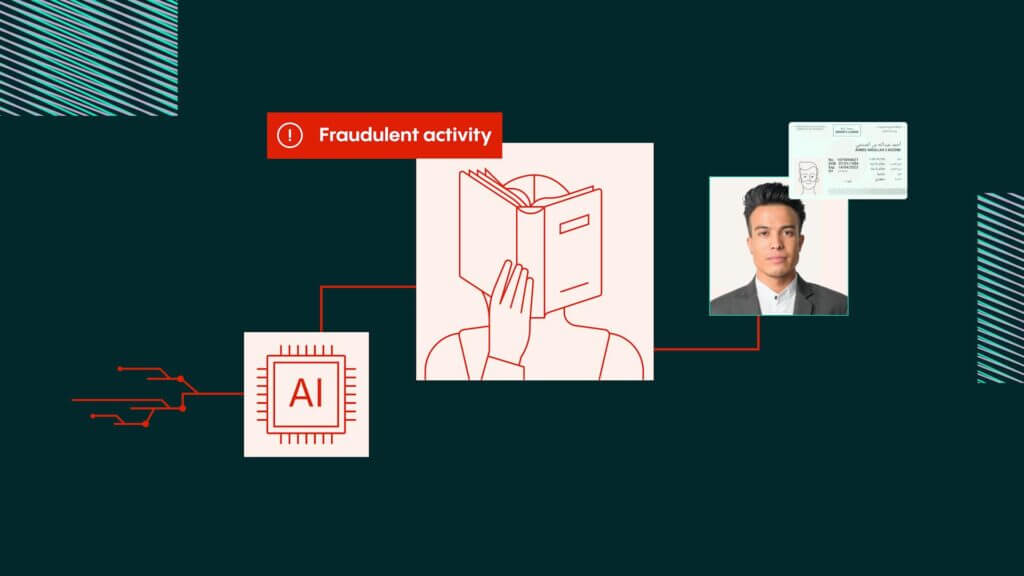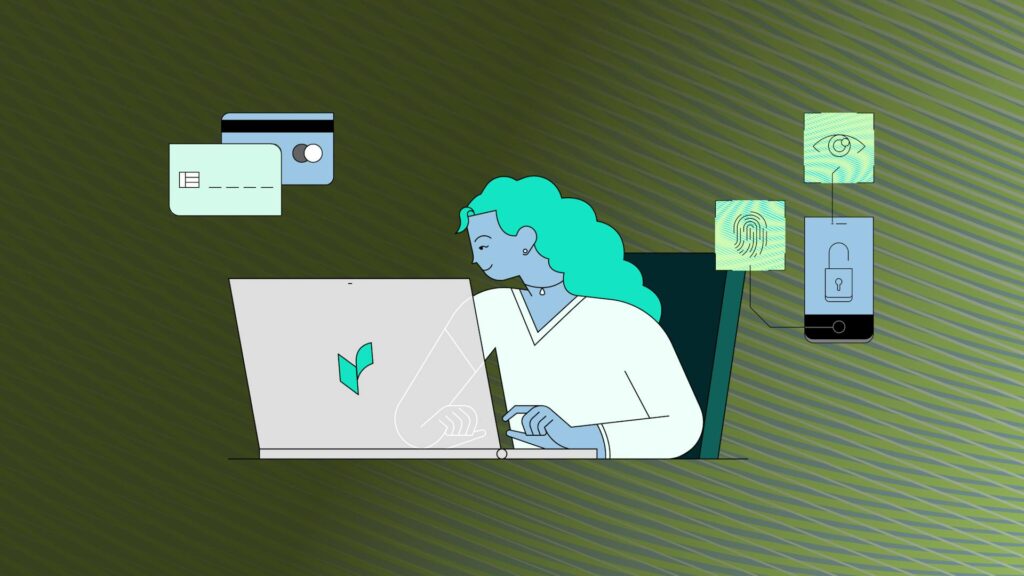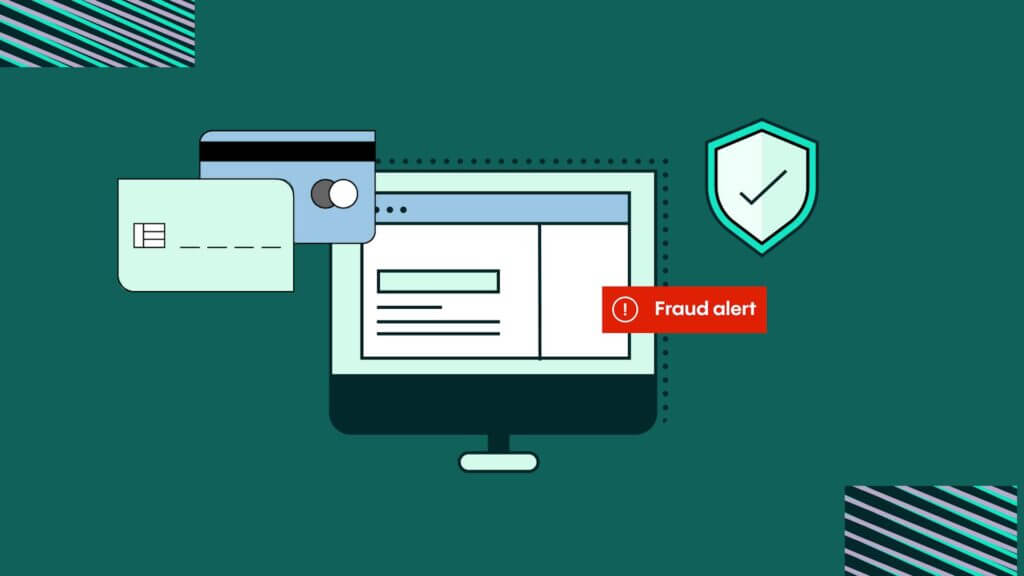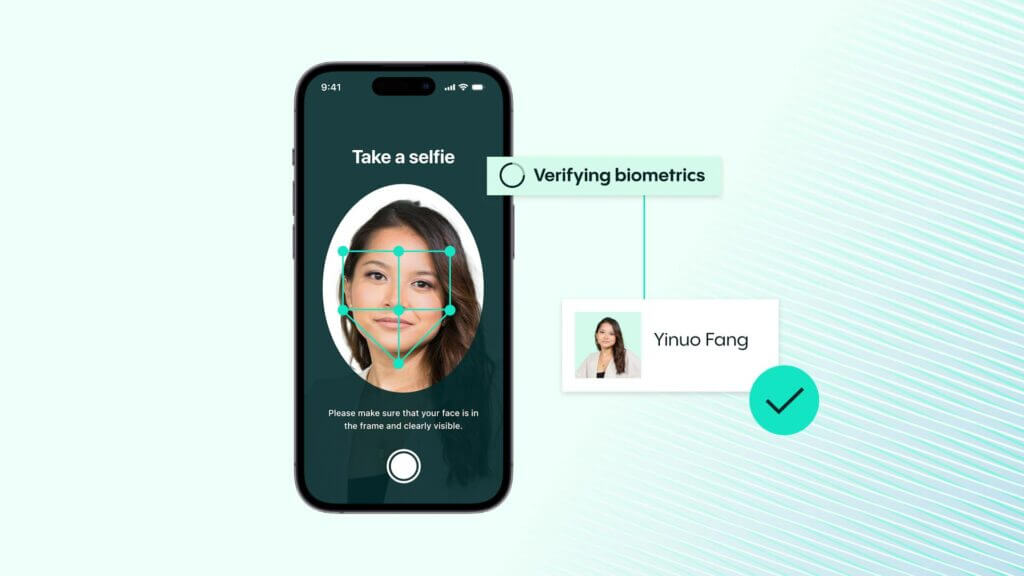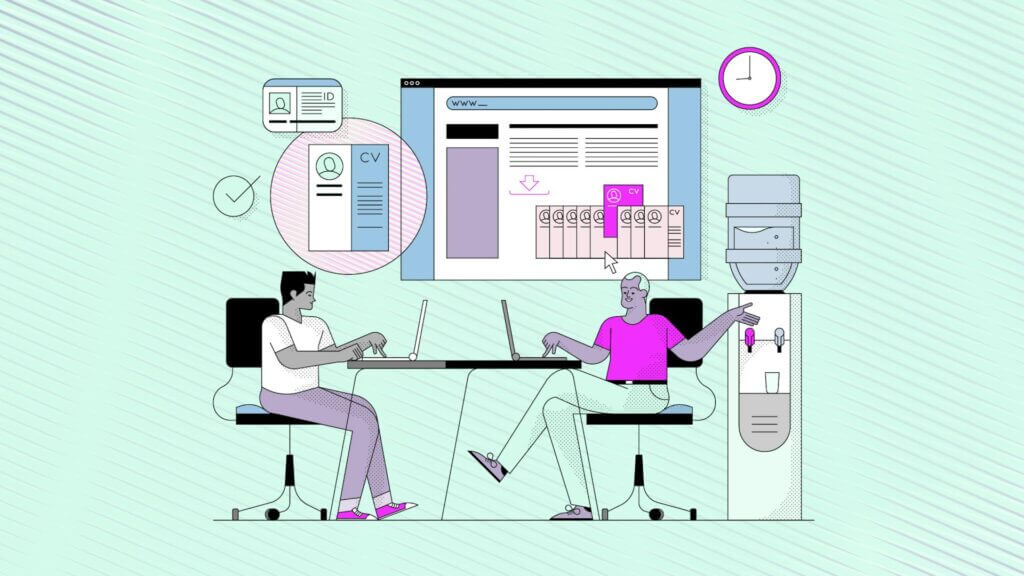IDV Article
How Veriff’s Biometric Authentication solution is leading the fight against online fraud
Say hello to Veriff’s Biometric Authentication—a groundbreaking solution that’s transforming the fight against fraud. Discover how this innovative technology is redefining fraud prevention, protecting businesses, and creating a safer digital world for everyone. Ready to see the future of security in action? Let’s dive in!
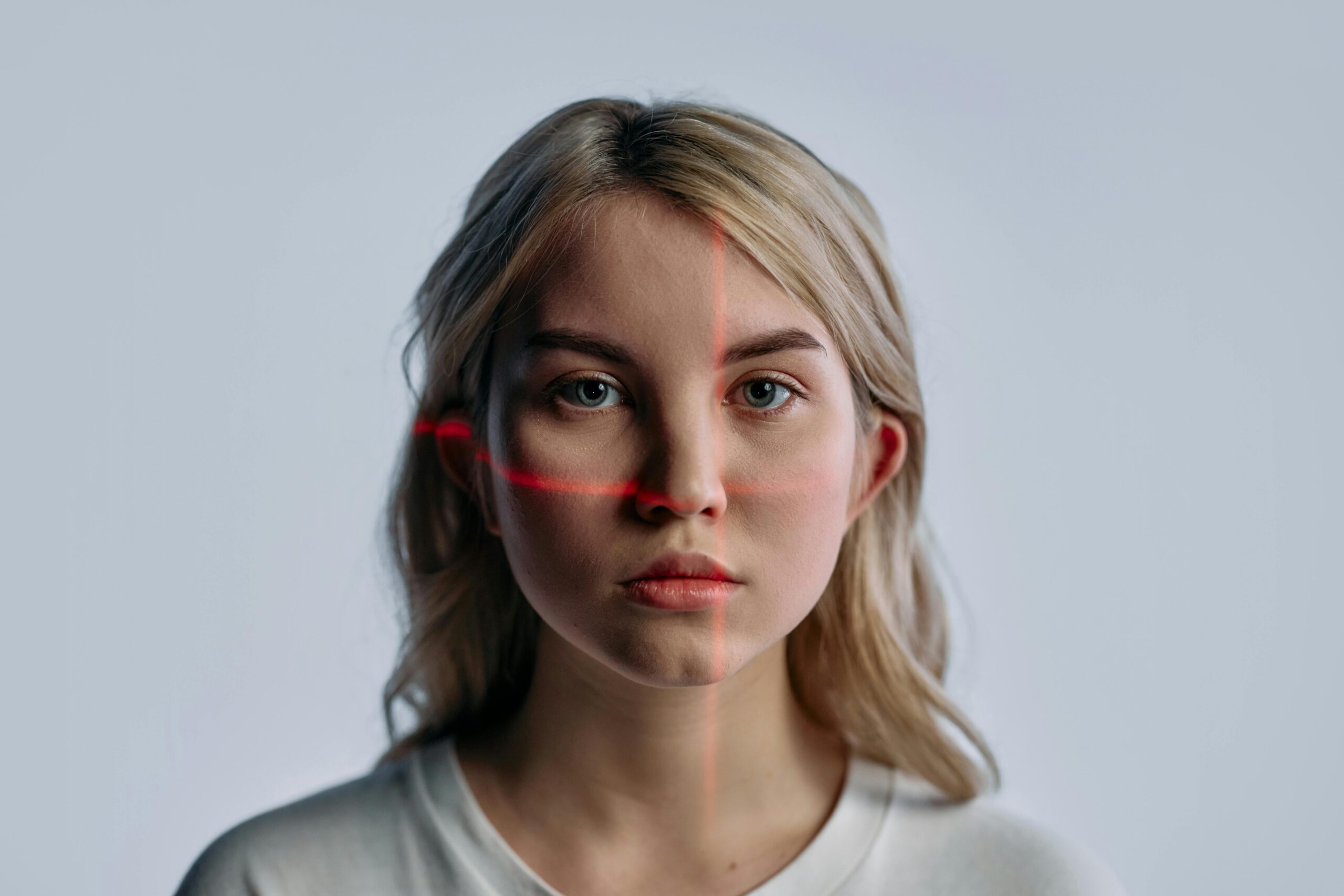
The evolving digital economy brings powerful advantages for online businesses – and new opportunities for fraudsters.
Online identity fraud has increased by 21% year-over-year, with one in 20 verification attempts now deemed fraudulent. It’s also hitting closer to home—over the past year, more than one-third of U.S. consumers experienced non-refundable financial losses due to fraud. These insights come from Veriff’s annual report, “The Future of Finance.” Using data from Veriff’s Identity Fraud Report, along with input from fraud professionals (via the U.S. Fraud Industry Pulse Survey) and consumers (via the Fraud Index), the report highlights the current state of fraud and suggests future trends.
There’s a clear need for robust security. Biometric authentication tools rely on a person’s unique physical characteristics, making them an effective way to combat the growing problem of account takeover fraud.
Account takeover fraud (ATO) is on the rise, with fraudsters using increasingly sophisticated methods to target both individuals and businesses. This occurs when cybercriminals gain control of online accounts using stolen usernames and passwords. Meanwhile, multi-accounting—when people create multiple accounts to exploit promotions or bonuses—is also on the rise. According to Veriff Identity Fraud Report, in 2024, account takeover cases increased by 13% compared to 2023, while multi-accounting saw a 10% year-on-year jump.
These rising threats are pushing companies across industries to reevaluate their fraud prevention strategies and invest in more advanced, integrated solutions.
One company that experienced the need for a stronger, more holistic fraud prevention solution was Juancho Te Presta, a digital lending company in Colombia. As they scaled their operations, it became clear that their existing verification provider couldn’t keep up with their evolving fraud prevention and compliance needs. In November 2022, they turned to Veriff for a comprehensive identity verification solution. Their goals were clear: solidify fraud controls with biometric checks, ensure document validity, protect customer data, and meet regulatory standards.
As founder and CEO Juan Esteban Saldarriaga explained, “Previously, we were working with a different provider in order to help with our verification processes. But as our business grew, we realised we needed to be able to lean on a company that could offer an all-in-one solution.” With Veriff’s biometric authentication, face matching, fraud alerts, and secure document verification, Juancho Te Presta was able to bolster its defenses against fraud, helping it continue serving underbanked communities—including women and gig workers—with confidence.
Their story reflects a growing trend across industries: as fraud grows more complex, businesses must prioritize sophisticated, integrated identity verification solutions that go beyond legacy systems.

“Biometric authentication, which helps us to automatically check if a new user is already on our system under another account, is one of the most powerful Veriff tools that we use.”
Biometric benefits
There are many types of biometric analysis—such as fingerprint scanning, gait recognition, or iris detection—but facial biometrics have emerged as the most practical and scalable solution for online services.
Why? Facial biometrics can be captured easily using a selfie on a mobile device or computer—no need for specialized equipment. Once captured, the image is compared with a stored biometric template or government-issued ID to confirm the user’s identity.
This simplicity is matched by speed: Veriff’s facial biometric authentication verifies identity in just 1 second.
Facial biometrics also offer stronger protection against fraud than passwords, passcodes, or device-based tokens. Passwords can be guessed or stolen, one-time codes intercepted, and devices misplaced. But facial biometrics rely on unique, hard-to-replicate features, with built-in liveness detection to ensure a real human is behind the screen.
And beyond security, the user experience is significantly improved: no more forgotten passwords or cumbersome recovery flows. For businesses, this translates to fewer support requests, lower operational costs, and happier, returning users.

Listen to full conversation with Geo now!
Geo Jolly, Lead Product Manager at Veriff, explores how AI and facial biometrics authenticate users and combat fraud, including account takeover fraud.
Security, convenience, and speed
Organizations need to securely authenticate users without disrupting their experience. This is especially important during critical steps such as account access, high-risk activities, or account recovery. However, at the same time, today’s businesses are also facing specific pain points:
Today’s businesses are also battling specific pain points:
- Account takeover attacks that compromise trust and lead to financial losses
- Outdated authentication methods that are no longer sufficient to deter modern fraudsters
- Cumbersome sign-in processes that frustrate users and reduce engagement
With facial biometrics, you can offer secure authentication combined with user-centered authentication and a streamlined experience. Access seamless identity assurance with customizable, scalable, and adaptive technology for your needs.
For companies facing sophisticated online fraud, instantly verifying users securely and conveniently while stopping fraudsters is ultimately a win-win for platforms and users.
And that is why Veriff is expanding its product offering with a new-look Biometric Authentication solution. With improved user experience, accuracy, and security, Veriff’s solution streamlines authentication while tackling key issues like preventing unauthorized access, eliminating outdated methods, and simplifying secure access for users.
The updates come as Veriff continues to see strong adoption of its identity verification (IDV) and biometric authentication solutions to fight increasing online fraud.
“User authentication can be a cumbersome process, with some fintech customers completing an average of five different authentication sessions, which introduces friction and negatively impacts the experience,” says Hubert Behaghel, Veriff CTO. “We’ve augmented our Biometric Authentication solution to make it more efficient, user-centric and secure. Our solution adapts to individual user behaviors; therefore, it ensures authentication for the users themselves rather than just a session. This level of biometric authentication is one step forward on our journey to one reusable digital identity.”
FAQ
1. What is Veriff’s Biometric Authentication solution?
Veriff Biometric Authentication is a secure, AI-powered solution that enables users to authenticate themselves by taking a selfie. The system compares the live image with a previously enrolled biometric template and performs passive liveness detection to ensure it’s a real, present user—not a spoof.
2. What use cases does biometric authentication support?
Some key use cases include:
- Passwordless authentication
- User re-authentication (e.g., logging into a banking app)
- Multi-factor authentication (MFA)
- Fraud review escalation
3. What are the key benefits for customers?
- Lower fraud risk – Passive liveness and fraud detection via face blocklisting and device fingerprinting
- Faster logins – Less than 1 second response time
- Seamless experience – No need to leave the user journey for OTPs
- Enhanced security – Biometrics are unique, hard to spoof, and cannot be shared
- Reduced human error – No passwords to type or manage

Get the Biometric Intelligence Report
For a detailed overview of biometrics and their business benefits in a dangerous online world, get the Biometric Intelligence Report.




